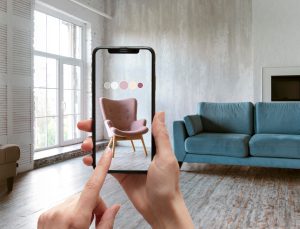
Even though new ideas have helped the construction industry get better, companies have not been very quick to use new technology.
Can Augmented Reality (AR) and Virtual Reality (VR) change this, and what will happen if they do?
Virtual reality (VR) has become popular in the fields of architecture and engineering. like with any new technology, several trends influence how we use it. Here are 10 VR trends that AI has suggested VR Architects Saratoga to keep an eye on.
1. Immersive Design Collaboration:
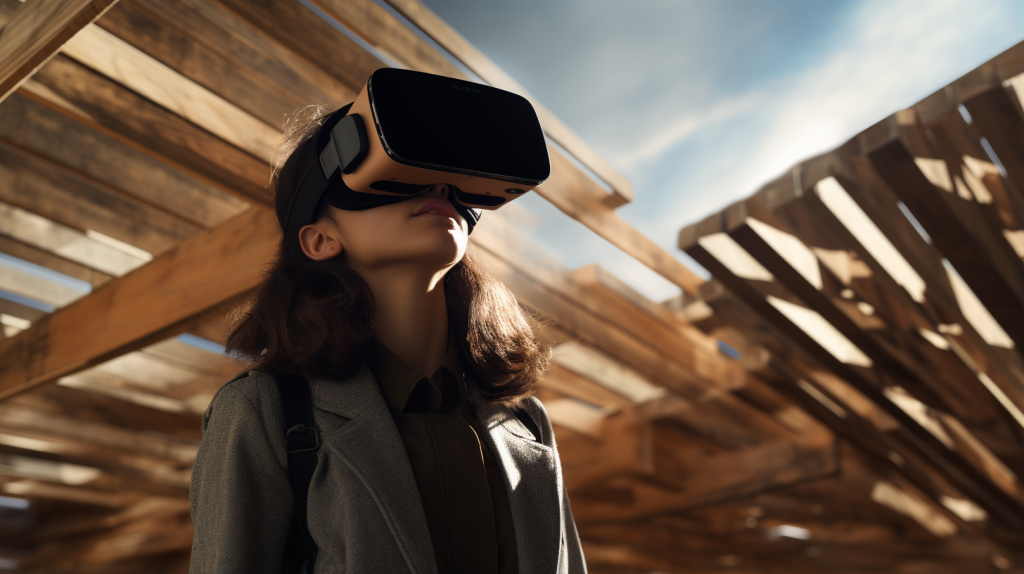
Imagine VR Architects Saratoga from different corners of the world coming together in a shared virtual space, donning VR headsets to work on a project as if they were in the same room. This trend promises real-time, interactive design collaboration that transcends physical boundaries.
A review of 29 recent articles (since 2010) identifies the need for future research in three areas.
- Early-stage design collaboration in immersive virtual environments (ImVE)
- Cognitive research on ImVE design collaboration
- Advancements in ImVE technology for enhanced design capabilities.
2. Enhanced Visualization:
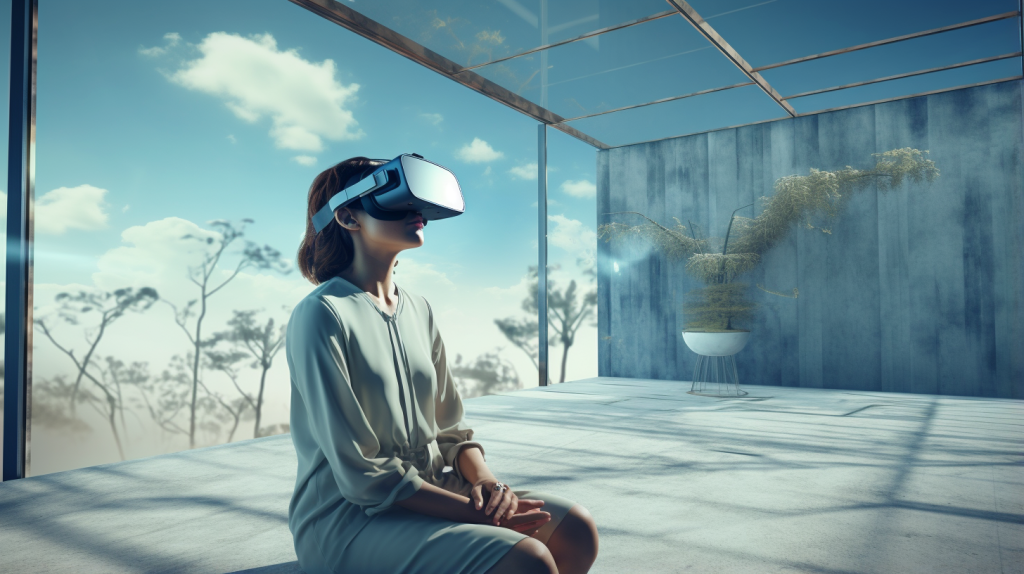
Visualize architects strapping on VR headsets to step into their designs, walking through intricate details as if they were already built. This trend offers architects more lifelike, high-definition visualizations. It also transforms how they communicate and iterate on their ideas.
For example, the Serpentine Pavilion in London used VR to create an interactive installation. It provides a full 360 view of a project. VR also enables you to get a feeling for space and design and perceive the actual scale of a project.
3. Sustainable Design Simulations:
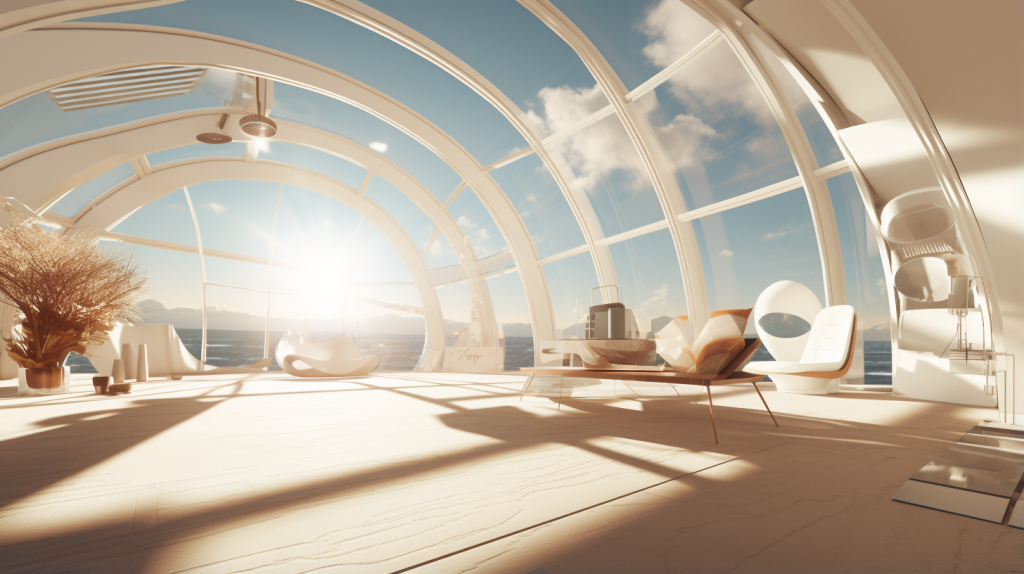
Picture architects using VR to simulate how sunlight filters through their buildings. Or think about how natural ventilation affects comfort. VR can provide dynamic environmental simulations and empower VR Architects Saratoga to design greener structures.
- Simulate different lighting conditions to optimize the use of natural light.
- Try out various weather conditions like wind and rain to see how strong the building is.
- Check how their buildings affect the nearby environment and city layout.
- Visualize thermal insulation and energy efficiency.
- Imagine how future generations will use these buildings.
4. VR For Client Presentations:
Imagine architects inviting clients into a virtual representation of their future projects. Here, clients can explore and approve designs in an immersive 3D environment. This trend aims to bridge the gap between architectural concepts and client understanding.
For example, Urban Skyline, a real estate development company uses VR and digital modeling to showcase their latest projects to potential investors and clients. Also, IKEA uses VR to create an interactive showroom that offers a 3D product experience.
5. Building Information Modeling (BIM) Integration:
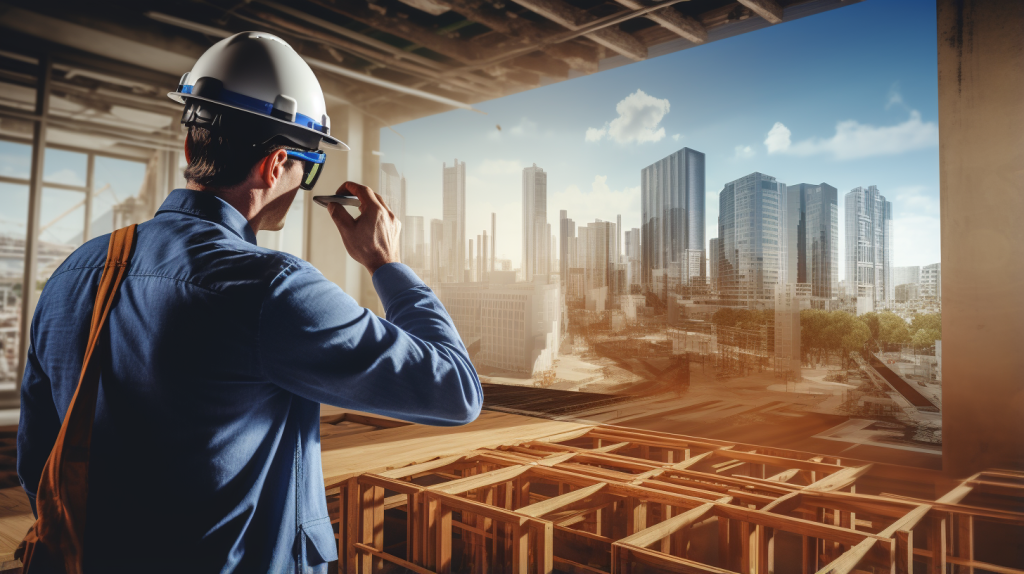
Think of architects transitioning between a physical model and a virtual one, interacting with data and 3D models in a shared VR space. This trend merges VR technology with the established practice of BIM for more efficient design workflows.
For example, Vection Technologies’ Mindesk is a 3D tool that architects, designers, and engineers use to build CAD and BIM projects in VR environments. This allows for real-time design and collaboration in the construction industry.
6. Mobile VR & Remote Collaboration:
Imagine architects slipping on lightweight VR glasses while on a construction site. VR is connecting them with colleagues or clients from anywhere in the world. This trend promises mobility and remote collaboration, enhancing on-site inspections and teamwork.
For example, Avatour helps government and enterprise clients with remote collaboration and site inspections through VR. Also, Accenture uses VR training for employee onboarding in a remote work environment.
7. VR Training & Education:
Picture architectural students immersing themselves in virtual design studios. Or, they are experimenting with creative ideas and learning construction processes in a risk-free, immersive environment. This trend could revolutionize architectural education.
For example, a company named Tower Hill Insurance uses immersive learning to transform leadership and communication skills training. Also, Program-Ace and similar companies offer comprehensive solutions for construction training. It encompasses AR interfaces and VR training as part of their package.
8. AI Integration:
Envision architects utilizing AI-powered assistants within their VR environments, suggesting design improvements, recognizing objects, and aiding in precise measurements. This trend promises a synergy between artificial intelligence and immersive design.
SaaS providers like SlickPlan, Adobe, Figma, and Hotjar are improving collaboration for UI/UX designers. They help designers with tasks such as product design, wireframing, and usability testing. These tools are now extending their features to enhance website information architecture. So, designers can plan and organize website content more.
9. Health & Safety Simulations:
Visualize architects donning VR headsets to step into their construction sites virtually, identifying potential safety hazards and fine-tuning safety measures. This trend enhances safety planning by offering realistic simulations.
For example, CG Schmidt Inc., a Wisconsin-based company uses VR to teach employees about safety hazards. Their VR program places workers on a construction site and asks them to identify potential hazards. Similarly, Balfour Beatty, a leading construction company developed a health and safety VR experience for staff working on its Smart Motorways project.
10. Market Expansion:
Picture VR technology becoming as commonplace in architectural firms as drafting tables once were. Smaller firms and independent architects may increasingly embrace VR as it becomes more accessible, leveling the playing field in the industry.
Also, VR expands Architects’ marketing reach by offering immersive virtual tours of their designs, allowing potential clients to experience projects remotely. This technology fosters a more engaging and interactive presentation, attracting a broader audience and potential clients beyond their physical location.
Final Words
In conclusion, the world of architecture and design is on the cusp of a remarkable transformation thanks to Virtual Reality (VR). As VR Architects Saratoga harness the power of VR, they are opening doors to a future of enhanced collaboration, realistic visualizations, sustainable design, and seamless client presentations.
Integration with Building Information Modeling (BIM) streamlines workflows, while mobile VR and remote collaboration offer unprecedented flexibility. VR also revolutionizes education and training, and AI integration promises design innovation. Architects use VR to ensure safety and may pave the way for market expansion, making VR a cornerstone of architectural evolution.




